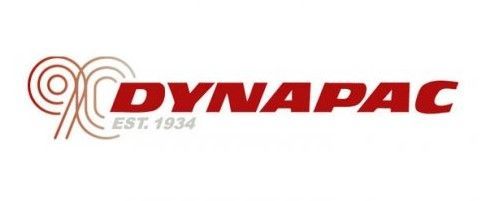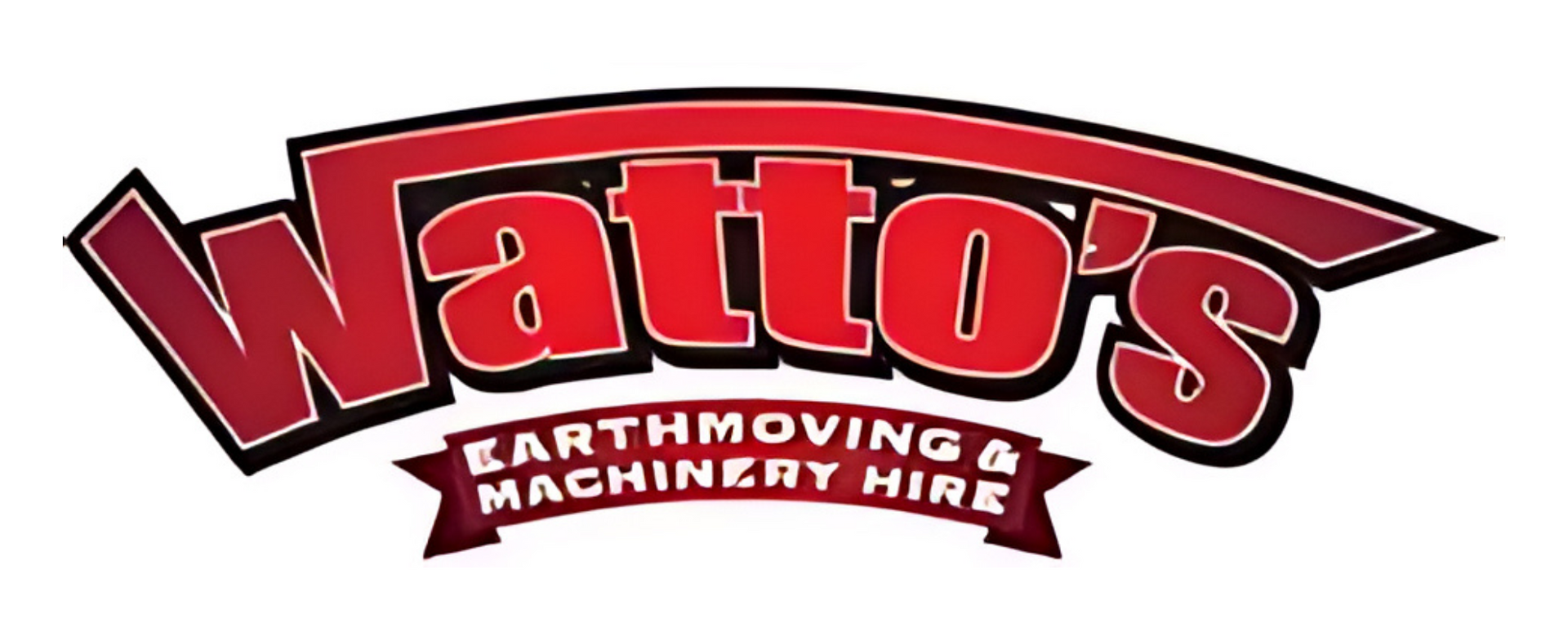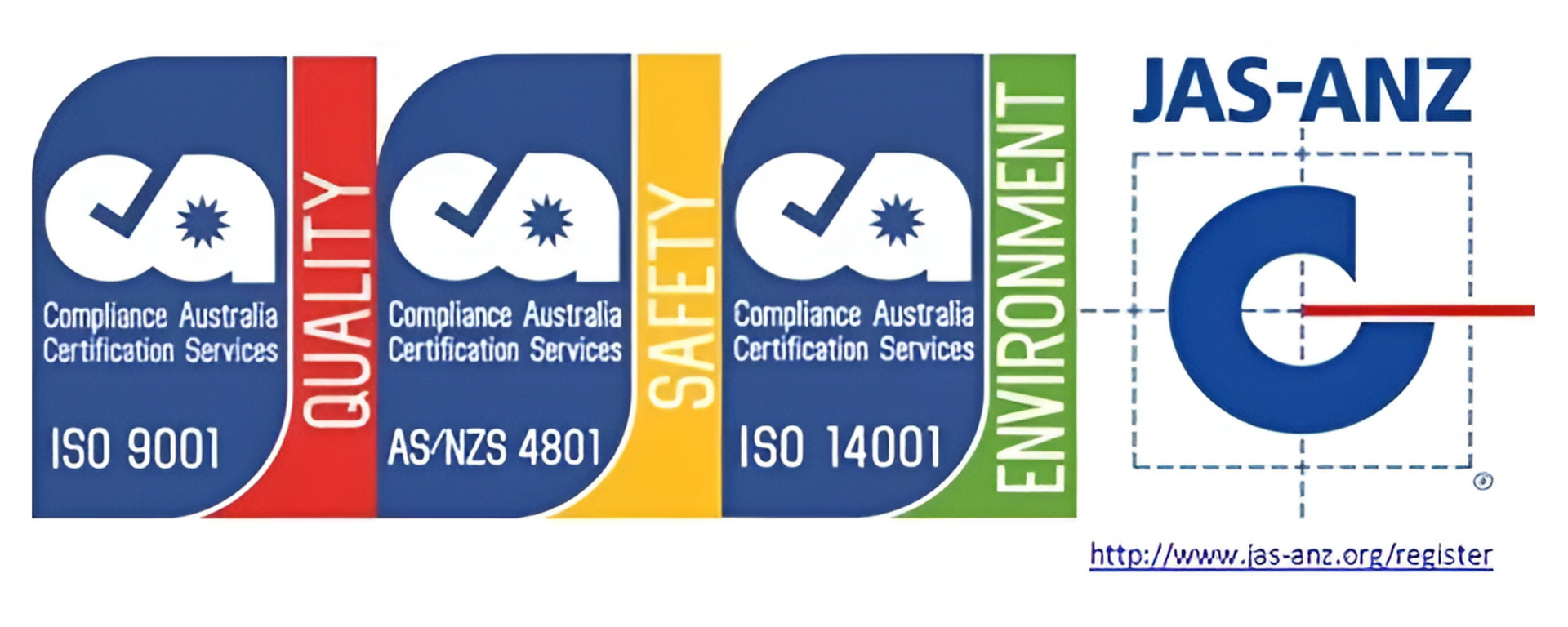Frequently Asked Questions
Expert Earthmoving Solutions
Watto’s Earthmoving & Machinery Hire is your go-to resource for answers to common questions about services, equipment and operations. We cover a range of topics from project types and equipment specifications to safety measures and environmental considerations. Whether you're planning an excavation, land clearing or need advice on permits and approvals, our detailed FAQs provide the information you need.
Explore below to learn more about how we can support your earthmoving needs in Atherton Tablelands and beyond, including Mareeba.
Our Project Services
What types of projects do you handle?
Watto’s Earthmoving handles various projects, including excavation, land clearing, dam building and driveway construction.
Can you handle large-scale commercial projects?
Yes, we have the capability and experience to manage large commercial earthmoving projects.
What areas do you serve?
We serve the Atherton Tablelands region and the surrounding areas.
What is your typical project timeline?
Timelines vary based on project scope. We strive for efficient and timely completion.
Do you offer project consultations?
Yes, we provide consultations to assess project requirements and offer expert advice.
Can you assist with council approvals?
Yes, we can help navigate the approval process for projects requiring permits.
Equipment & Operations
What types of excavators do you have available?
We offer a range of excavators, from mini to large-scale, to suit different project needs. Our equipment is well-maintained and operated by skilled professionals to ensure efficient and safe operation.
Can I operate an excavator myself?
Yes, but only if you are licensed to do so. Operating large equipment requires specific licensing, as mandated by state and local councils. To obtain the required licence, you’ll need to enrol in a truck driving school.
What size excavator would I need for a standard project?
This depends on the project. A standard excavator is larger than 7 tonnes and less than 45 tonnes. These types of excavators are the most versatile. They can work well on almost any type of job due to their power and their ability to fit into most spaces.
How much can an excavator lift?
An excavator, on average, has approximately 15,000 kilos of lift capacity. But, as the load is lifted 5 feet off the ground, the bucket’s lift point is elevated to 10 feet. This, in turn, diminishes the machine’s capacity to around 13,000 kilos.
What equipment do I need to remove stumps?
An excavator is ideal for stump removal, a 315 Cat or 160 size excavators should work well for average-sized stumps. For larger hardwood stumps, you may need more powerful machinery.
Environmental & Safety
How do you ensure the environmental impact of your projects is minimised?
We follow strict environmental guidelines and use sustainable practices to minimise impact. Our team conducts thorough site assessments to plan eco-friendly solutions tailored to each project.
What safety measures do you follow on-site?
We adhere to strict safety protocols, including regular equipment maintenance and operator training.
Are your operators licensed and insured?
All our operators are fully licensed and insured for your peace of mind.
Costs & Services
How much does it cost to hire earthmoving equipment?
The cost varies depending on the equipment type and project duration. Contact us for a tailored quote.
Do you offer maintenance services?
Yes, we provide ongoing maintenance for completed projects to ensure longevity.
Permits & Legalities
Do I need a permit to clear my land?
Yes. In Queensland, clearing native vegetation is controlled by both the Australian and Queensland governments. Before starting on a land clearing project, you need to first obtain a property report and vegetation maps to help you identify the requirements and to guide you in choosing the right clearing option.
Can I build a dam on my property?
Before building a dam in Queensland, it’s important to obtain relevant approvals first. According to the Planning Act 2016, building new dams or modifying existing ones that are considered referable dams under the Water Supply (Safety and Reliability) Act 2008 are seen as assessable development.
What is a referable dam?
Prior to construction, dams are first risk assessed to make sure they will not cause any personal injury, economic or environmental damage to your property and those that surround it. A dam is referable when a failure impact assessment shows that its failure could put at least two people at risk.
Specific Project Questions
Why would I need a retaining wall?
There are various types of retaining systems and the right one for your project depends on factors such as soil conditions, budget, protection of adjacent property or structure and environmental issues. Depending on the project a retaining wall can prevent site collapse and soil loss from excess water and poor drainage.
How do I know if my site is level?
Professionals use specialised tools to determine whether a site is level, such as laser levellers. This measures the heights of two points along a horizontal plane, to find out whether the ground is level.
Which kind of dirt is best for grading?
Grading involves adding fill near the foundation and tapping it down until it’s compact. The best type of soil is one that is not too porous, so water doesn’t run through it. For this reason, grading works very well on clay.
How wide should my driveway be?
In Australia, council requirements dictate that a one-car driveway must be at least 2.5 meters wide, while two-car driveways should be five meters wide at the minimum.
What’s the best material for a steep driveway?
Experts recommend asphalt for steep driveways. This material provides better traction than concrete, especially in wet weather. Asphalt is also less prone to wear and tear, compared to concrete or pavers.
How much land can be cleared in a day?
The answer to this question is subjective. But on average, one day or eight working hours should be enough to clear 2-3 acres of land.
Do you offer emergency services?
Yes, we provide emergency earthmoving services for urgent situations. Our team is available to respond quickly and efficiently to address any immediate needs.
Contacts
T. 0418 773 237
ABN: 84 124 062 513
Registered and Fully Insured
ISO 9001
AS/NZS 4801
ISO 14001
JAS-ANZ
Trading Hours
- Monday
- -
- Tuesday
- -
- Wednesday
- -
- Thursday
- -
- Friday
- -
- Saturday
- Closed
- Sunday
- Closed











